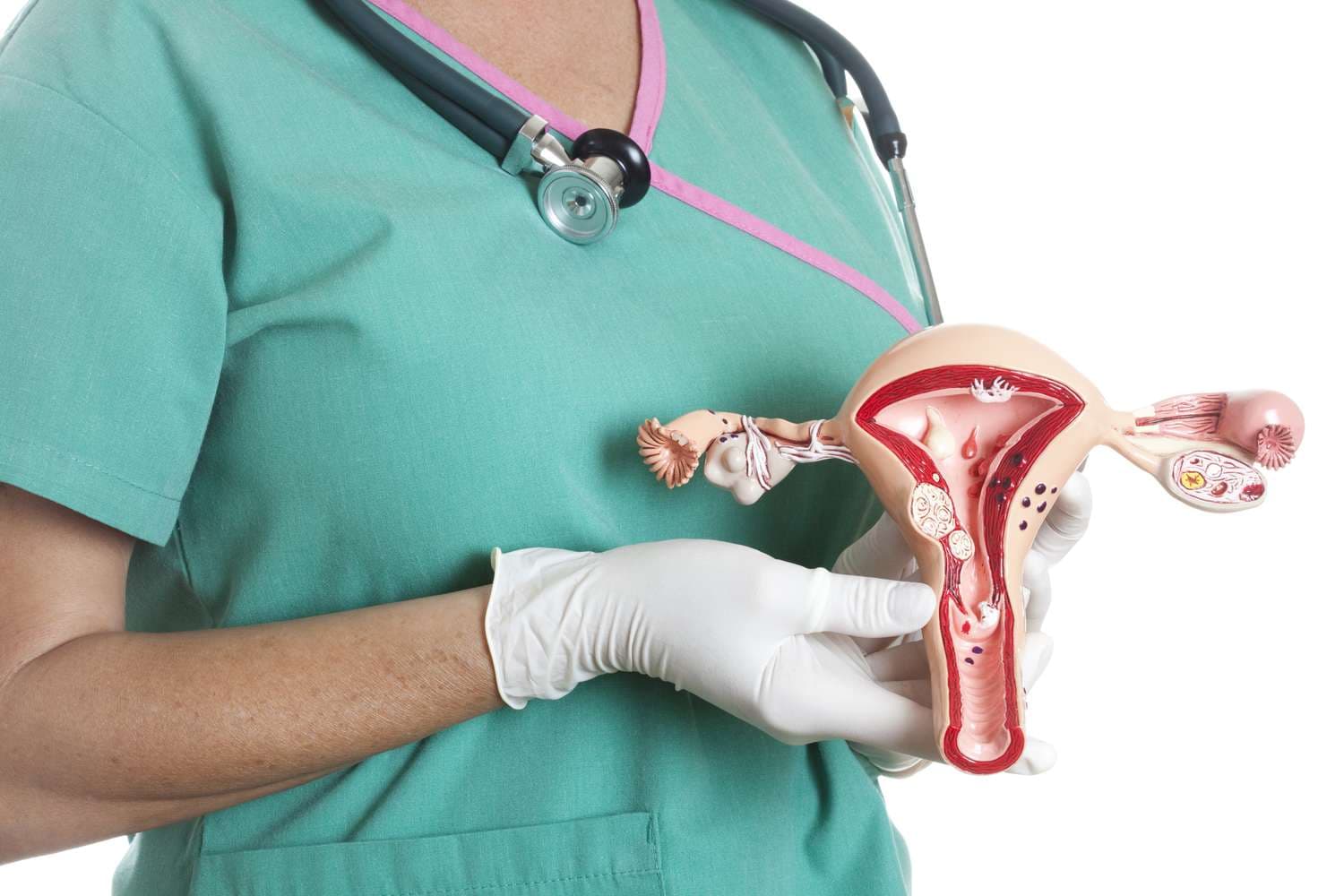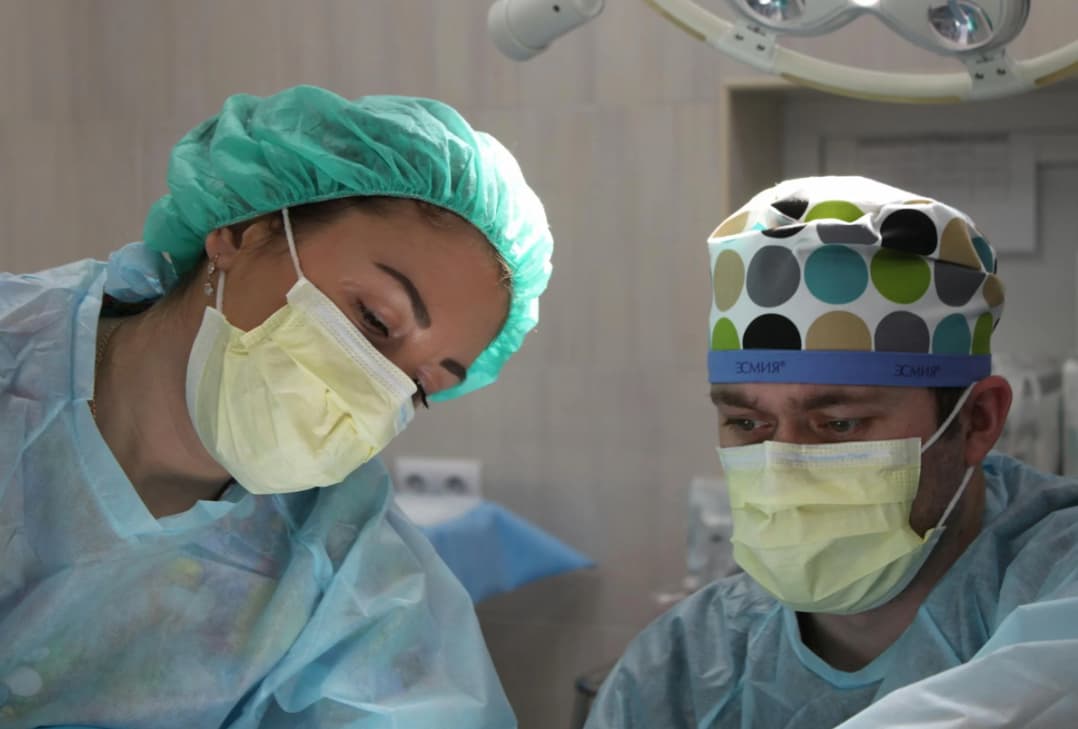Fournier’s gangrene represents a critical infection affecting the genital and perineal regions, necessitating extensive debridement of soft tissues, frequently resulting in the loss of the scrotal dermis. The restoration of the scrotum presents various surgical avenues. This article delves into four instances where meshed split-thickness skin grafts (STSG) were utilized for scrotal recreation, offering a comprehensive evaluation of STSG against alternative reconstructive strategies.
Implementing STSG in Scrotal Reconstruction
The application of meshed STSG stands out as a viable, technically straightforward approach for scrotal reconstruction with commendable cosmetic and functional outcomes highlighted. The method described here involves a novel two-phased surgical procedure tailored for the restoration of the scrotum avulsed by Fournier’s gangrene. Initially, the procedure secures the testes separately, followed by grafting the entire exposed area. After six months, allowing for the cessation of graft contraction, the divided scrotum is reassembled through the strategic realignment of the grafted skin, elevated as flaps.
Comparative Analysis of Treatment Modalities
A thorough comparison of STSG with other scrotal reconstruction techniques reveals that STSG provides a balance of safety, simplicity, and satisfactory aesthetic and functional results. This comparison underscores the importance of selecting an appropriate reconstruction strategy based on individual patient needs, anticipated recovery trajectories, and the potential for achieving optimal long-term outcomes.
Two-Stage Reconstruction Technique
The outlined two-stage scrotal reconstruction technique is an advanced approach, prioritizing immediate and long-term graft integration and stability. This method not only facilitates the initial recovery process but also ensures the durability of the reconstruction, allowing for natural appearances and functionality to be maintained over time.
Long-Term Outcomes of Testicular Function
Monitoring testicular function over five years post-reconstruction indicates an initial decrease in function, followed by a period of recovery, and a subsequent gradual decline. These findings highlight the necessity for ongoing testicular health and function assessment following scrotal reconstruction, ensuring patients receive comprehensive care and management tailored to their evolving medical needs.
Key Advantages of STSG for Scrotal Reconstruction
- Technical Simplicity: The STSG procedure is noted for its straightforward implementation, making it accessible to a wide range of surgical teams;
- Safety Profile: Demonstrated low risk of complications, ensuring a safer option for patients undergoing scrotal reconstruction;
- Cosmetic Satisfaction: Patients report high levels of satisfaction with the aesthetic outcomes of their reconstruction;
- Functional Preservation: Maintains crucial scrotal functions, contributing to a better quality of life post-surgery;
- Innovative Technique: Incorporates a unique two-stage process that allows for significant improvements in graft survival and integration.
Enhancing Patient Care Through Innovation
The introduction of meshed STSG in the realm of scrotal reconstruction following Fournier’s gangrene signifies a pivotal advancement in patient care. This method not only simplifies the reconstructive process but also elevates the standard of outcomes patients can expect.
By focusing on both the aesthetic and functional aspects of recovery, this technique addresses the comprehensive needs of the patient, fostering a holistic approach to healing and rehabilitation. The innovation encapsulated in this two-stage procedure underscores the evolving nature of surgical care, pushing the boundaries of what can be achieved in the restoration of body integrity and function.
Post-Surgical Recovery and Rehabilitation
Post-operative care is a critical component of the recovery journey for patients undergoing scrotal reconstruction with STSG. The initial focus is on wound management and monitoring for signs of graft acceptance. Rehabilitation plays a crucial role, particularly in maintaining the functionality of the testes and surrounding structures. Strategies include regular follow-up appointments, physical therapy as needed, and psychological support to help patients navigate the emotional aspects of recovery.
This comprehensive approach ensures that patients are supported not only in their physical healing but also in adapting to the changes in their bodies, ultimately leading to a more positive recovery experience.
Future Directions in Scrotal Reconstruction
The field of scrotal reconstruction is ripe for further innovation and research. Future directions may include the exploration of new materials and techniques for STSG, such as the incorporation of biotechnology to enhance graft integration and survival. Advances in surgical robotics and imaging could further refine the precision and outcomes of the reconstruction process. Additionally, long-term studies on patient outcomes will provide invaluable insights into optimizing care protocols and treatment strategies.
As the medical community continues to build on the foundational work in STSG for scrotal reconstruction, patients can look forward to even more effective and personalized treatment options in the future.
Comparative Analysis: Scrotal Reconstruction Techniques
| Feature | Meshed STSG | Traditional Grafting | Flap Reconstruction |
|---|---|---|---|
| Complexity of Procedure | Low to Moderate | Moderate | High |
| Duration of Surgery | Shorter | Moderate | Longest |
| Cosmetic Outcome | High Satisfaction | Variable | High Satisfaction |
| Functional Outcome | Good | Good | Excellent |
| Risk of Complications | Lower | Moderate | Higher |
| Recovery Time | Shorter | Moderate | Longer |
| Long-term Durability | High | Variable | High |
| Technical Requirements | Basic to Intermediate | Intermediate | Advanced |
| Innovation Potential | High | Moderate | Moderate |
| Patient Comfort Post-Surgery | High | Moderate | High |
This table provides a succinct overview of how meshed split-thickness skin grafts (STSG) compare with traditional grafting methods and flap reconstruction techniques in the context of scrotal restoration following Fournier’s gangrene. The comparison underscores the balance STSG offers between simplicity and effectiveness, presenting it as a viable and innovative choice for achieving satisfactory cosmetic and functional outcomes with a lower risk profile and enhanced patient comfort during the recovery phase.
Conclusion
In conclusion, the use of meshed STSG for the reconstruction of the scrotum post-Fournier’s gangrene offers a promising avenue for restoring normalcy with favorable cosmetic and functional results. Further research and longitudinal studies are essential for refining these techniques and optimizing patient outcomes.



